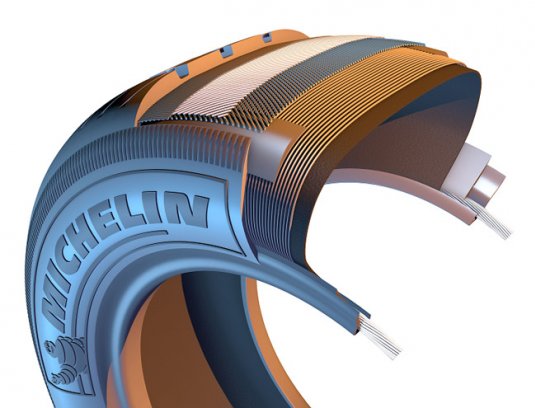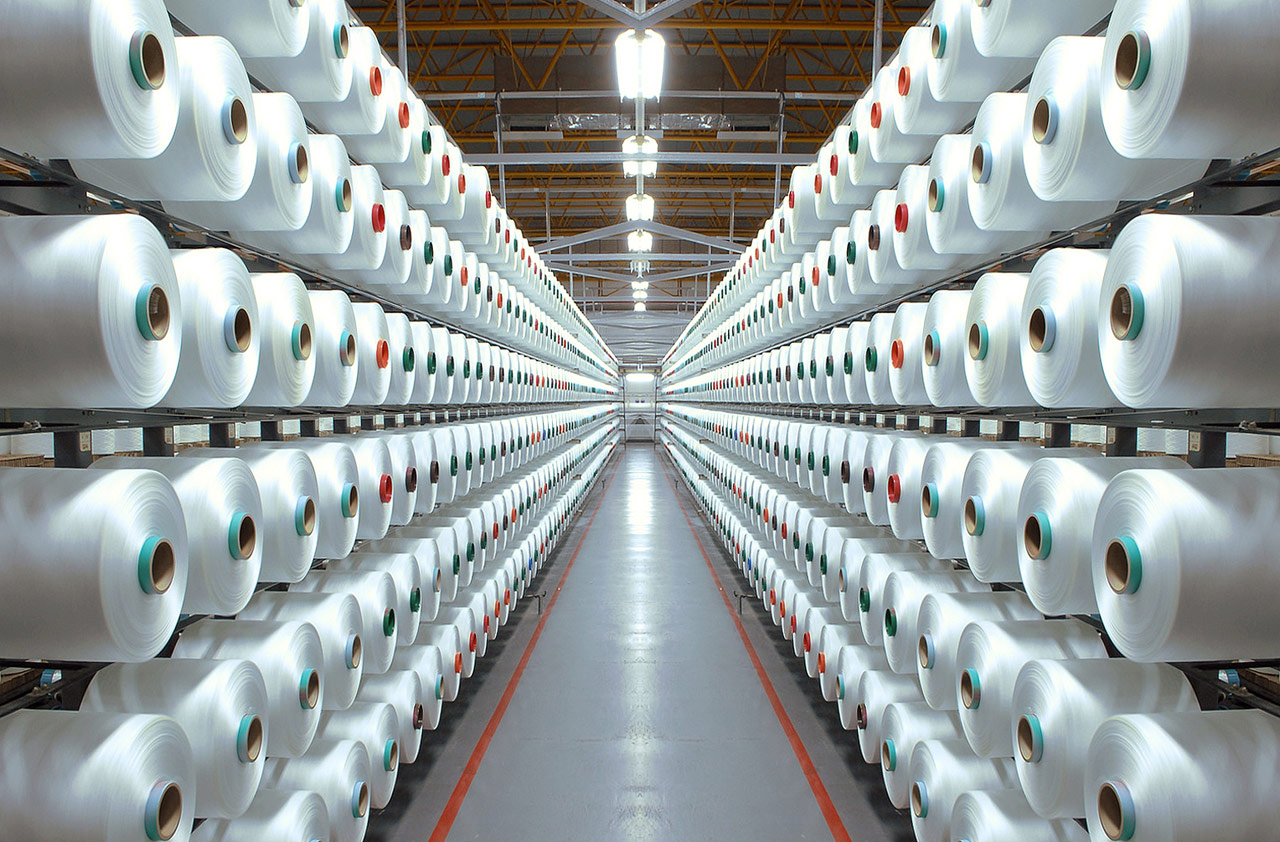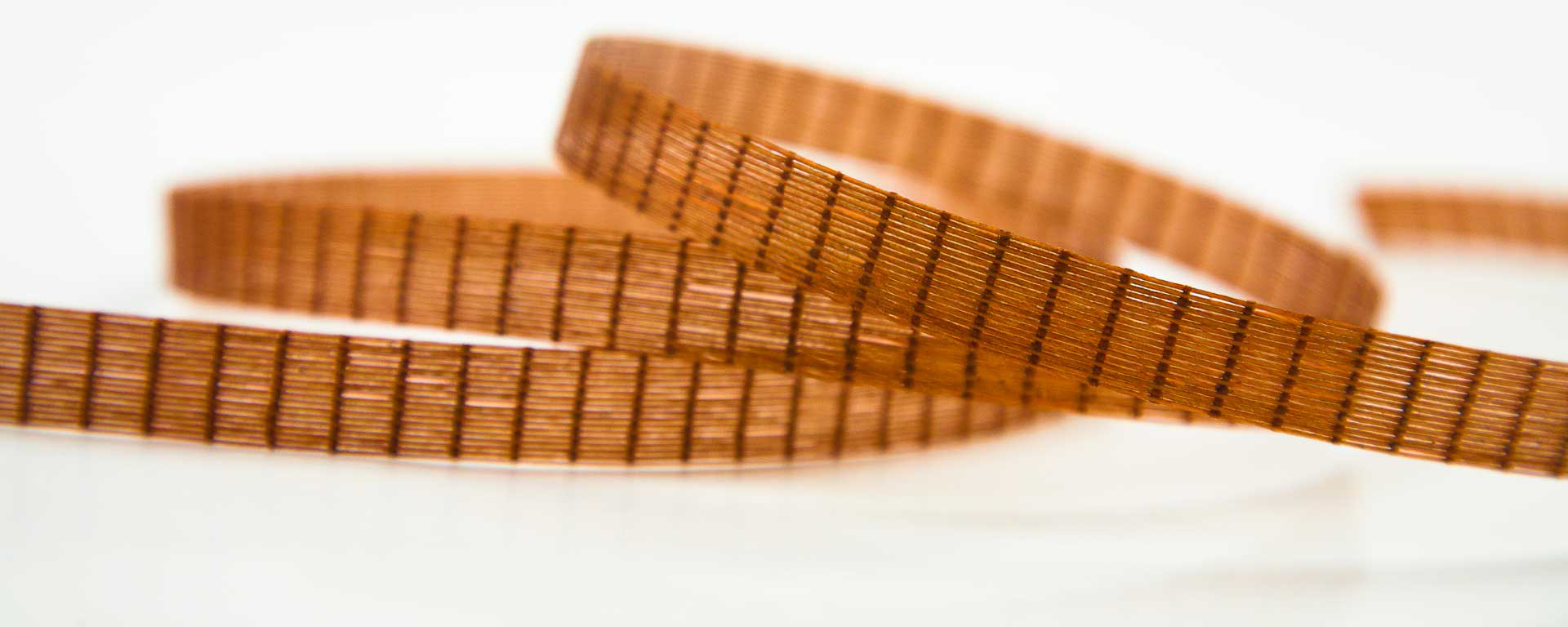
ISCC PLUS for Hyosung tyre cord
Opinion


There is now no single market for tyres, with different constructions and fabric-reinforcement combinations of fibres and yarns provided for all vehicle types.

19th February 2016
Adrian Wilson
|
UK
In the past, traditional cross-ply tyres were all reinforced by textiles based on polyamide (PA) 6 or 6.6 yarns, but with the introduction of modern radial tyre constructions, polyester took over.
The market is now highly complex, explains David Hart, a leading consultant for PCI Fibres.
There is now no single market for tyres, with different constructions and fabric-reinforcement combinations of fibres and yarns provided for all of the following vehicle types:
Saloon cars can now be based on reinforcements made of polyester or viscose/rayon yarns, or in combination with steel belts, with average textile fibre content of between 0.25-0.35 kgs of material for each tyre. LCV tyre reinforcements can include polyester and steel, but with around 0.30-0.35 kgs of textile reinforcement per tyre. Radial MHCV tyres generally have steel reinforcement today, with cross-ply tyres having between 4-5kgs of largely polyamide-based textile reinforcement per tyre.
Between 10-20 kg of PA6.6 forms the basis of the textile reinforcements in aircraft tyres, while those for agricultural and off-road vehicles can have reinforcements of polyamide, polyester or steel.

PCI Fibres estimates that polyester yarn-based textiles for tyre cord now account for 13% of the total amount of all fabrics going into the automotive sector, and PA6.6 4.9%.
PA6.6-based tyre cord reinforcements, however, have enjoyed additional growth as a result of the increased adoption of cap ply technology – the use of extra fabric layers to hold steel belts in place within the tyres. This technology has spread from Europe and North America and is increasingly being adopted by other tyre-manufacturing regions. As a consequence, PCI Fibres estimates that PA6.6 cap ply demand will grow by 9.2% annually in the next decade, from around 120,000 tons in 2014 to over 200,000 tons in 2025.
The global leaders in PA6.6 yarns for tyre cord, both with around 100,000 tons of capacity, are Kordsa, headquartered in Istanbul, Turkey, and China’s Shenma. Kordsa, however, has production plants in the USA, Europe and Asia, while Shenma manufactures solely in China – a critical differentiation factor when it comes to partnering with globalised Tier 1s and OEMs.

Hyosung has around 30,000 tons of PA6.6 tyre cord yarn capacity in Asia and is considering further expansion; smaller regional suppliers include Japan’s Asahi, Ascend (USA), Hangzhou Dikai in China, Far Eastern New Century of Taiwan and PHP from Germany.
Growth of just 3.5% is forecast for polyester-based tyre reinforcement textiles, albeit from around 580,000 tons in 2015 to over 800,000 tons in 2025.
The leading manufacturer by far of the HLMS (high modulus, low shrinkage) polyester yarns which are employed in fabrics for tyre cord reinforcement is South Korea’s Hyosung, with over 200,000 tons of capacity, all of which is produced in Asia. DuraFiber Technologies, based in North Carolina, USA, has about 80,000 tons of capacity at plants in both the USA and Europe, while Kordsa has around 60,000 tons of annual capacity from plants in the USA, Europe and Asia.

All of the other key manufacturers of HLMS polyester yarns are in Asia and include Kolon Industries in South Korea, Far Eastern New Century and Hailide, Sinkong, Unifull and Wuxi Taiji in China.
David Hart presented these findings at the PCI Annual Fibre Conference held in Milan, Italy, from 10-11 November 2015, just before the ITMA 2015 attracted some 123,000 visitors from 147 countries to the city – to examine the latest textile-manufacturing technologies of 1,691 exhibitors from 46 countries.

Business intelligence for the fibre, textiles and apparel industries: technologies, innovations, markets, investments, trade policy, sourcing, strategy...
Find out more